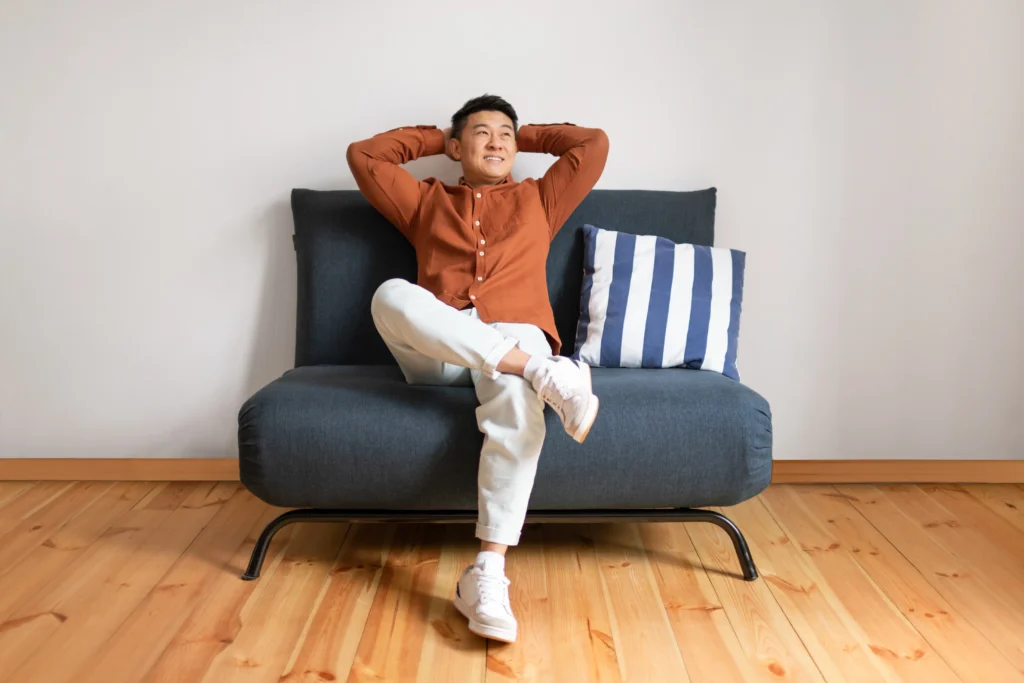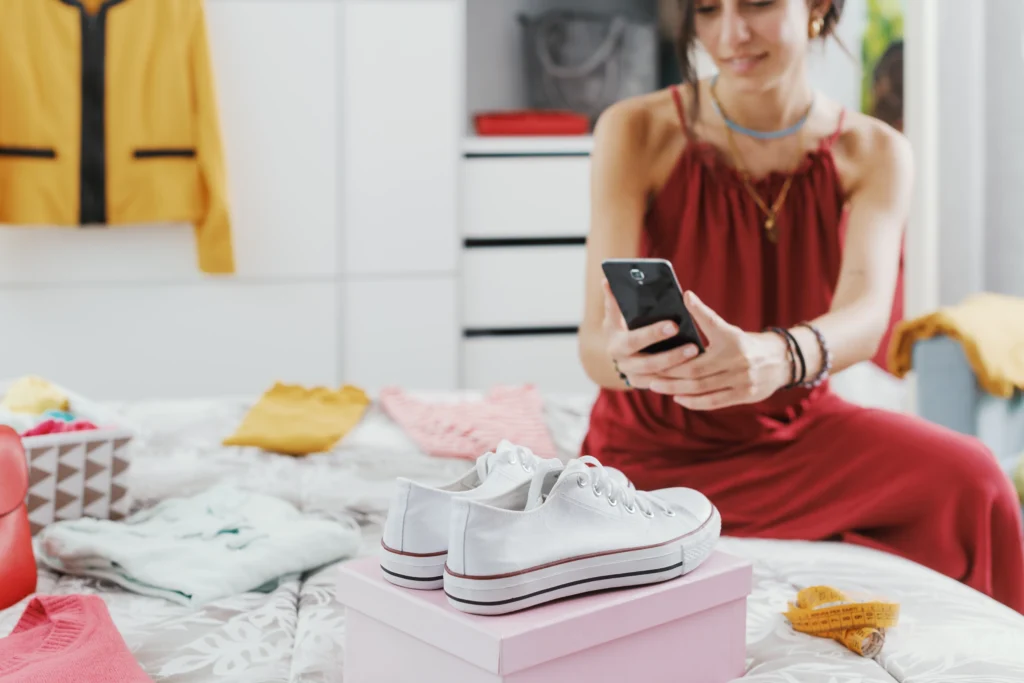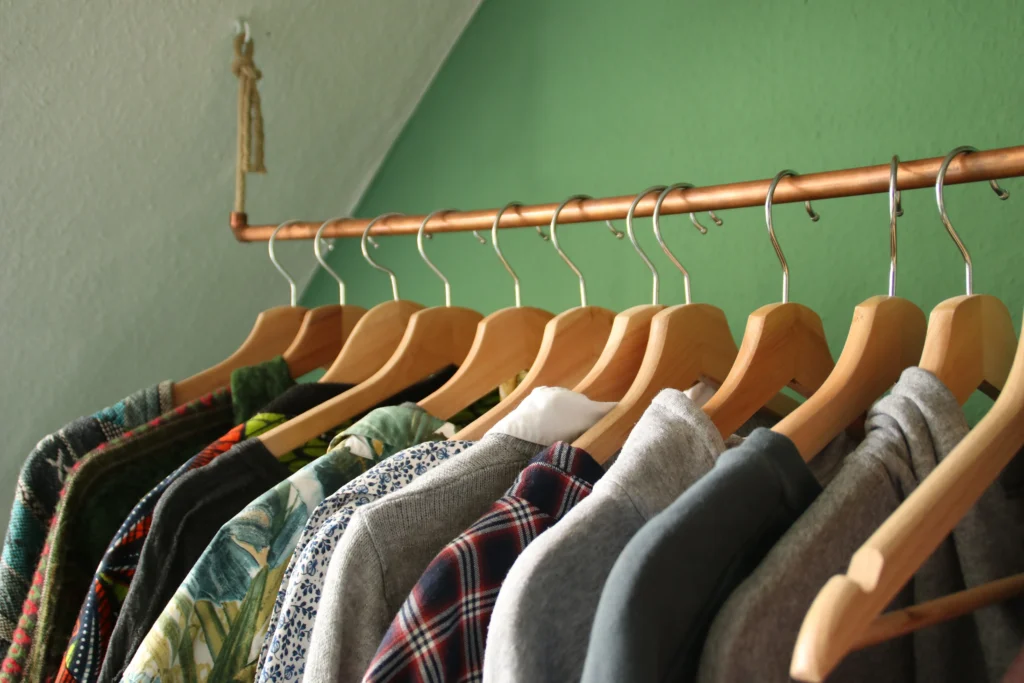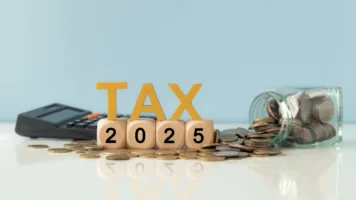How to Be a Minimalist and Save Money
It’s not easy to embrace a minimalist lifestyle, especially with all the consumerist messaging we’re being bombarded with every day. So we’ve put together an easy guide on how to be a minimalist and save money to help you start your journey.
We’re all guilty of having that one junk drawer full of things we don’t need but can’t throw away. But sometimes that drawer starts growing and growing until before you know it your junk drawer has turned into a junk house. Getting rid of all the things we surround ourselves with can feel like a sigh of relief, not to mention an extra boost to your savings if you find anything worthwhile that’s fallen through the cracks.
Overview:
- What is a minimalist lifestyle?
- How long does it take to become a minimalist?
- 3 steps to becoming a minimalist and saving money
- Enjoy the minimalist lifestyle
What is a minimalist lifestyle?
The minimalist philosophy is pretty simple: find the things that mean the most to you, and get rid of the rest. That means you’re only surrounded by things you use, need, and love, and you’ll end up buying less too. You’ve probably heard of Marie Kondo asking whether something we own “sparks joy,” and telling us to ditch the rest. While that’s a pretty simple understanding of a minimalist lifestyle, it’s an easy starting point to get rid of some clutter.
Are minimalists happier?
The whole idea behind minimalism is that with less stuff, you have the time and capacity to focus on the things that really matter to you. Plus, you can also be more financially secure because you’re not impulse buying things you don’t need.
How long does it take to become a minimalist?
It ultimately depends on how far you’d like to go. Becoming a full minimalist could take a year or two because it takes time to build new habits and cull all your old junk. But you can start adopting some minimalist lifestyle changes right now and see big results in less than a month.
What is the 30 day rule for minimalism?
You can start by trying the 30 day minimalism challenge. On the first day, you get rid of one thing. On the second day, you get rid of two things. And on and on until you get to 30 days. At first it’s pretty easy. We can all find one thing around the house to get rid of, right? But things get trickier the longer you go on, and the more you need to get rid of. By the end of 30 days, you’ll have freed yourself of 465 things!
3 steps to becoming a minimalist and saving money
1. Declutter your house
Looking around a cluttered house can feel overwhelming, so it’s best to break it up and tackle things room by room. Try starting in the kitchen, looking through old pots and pans to see what you actually use in your day-to-day cooking. Have a stack of plates gathering dust in the back of the cupboard? Add them to the pile and you’ll go from clutter to minimalist in no time.
Once you’ve pulled out everything you don’t need, it’s time to separate everything into three piles: one for selling, one for donating, and one for dumping.
Selling
One of the best parts about going through your old junk is finding treasures you can sell for spare cash. You’d be surprised how much you can make selling old books, hosting a garage sale, or posting things online. Collect all your cash in a piggy bank and save it for a rainy day!
Need some help getting started? Check out How to Sell on Gumtree: 8 Tips for Beginners.
Donating
There’ll be plenty of stuff you can’t or might not want to sell, which is what the next two categories are for. Any items still in good condition can be donated to your local op shop, or handed down to family or friends in need. Passing along those old kids’ toys and clothes can help breathe new life and joy into something that was gathering dust in a wardrobe.
Dumping
And then there’s the dump pile for those things that are unsalvageable. You can chuck things in with the rest of your rubbish, recycling when you can, or hire a skip bin for a few hours to take care of those bigger jobs. Some areas might do bulk waste collections throughout the year, so check your local council website to save yourself some hassle.
2. Declutter your clothes
Wardrobe space can feel like it comes at a premium, but there are some easy ways to live more with less.
What does a minimalist wardrobe look like?
A minimalist wardrobe is all about investing in pieces that can be worn in multiple ways. Doing this will mean you can dress up or down and create cohesive looks. The idea is to maximise the amount of outfits you can create with the least amount of clothes possible. There’s no hard and fast rule for what you should have, but there are plenty of tips you can try.
The 70/30 wardrobe rule and the 333 styling method
The 70/30 wardrobe rule is about having your cake and eating it too. The idea is 70% of your wardrobe should be functional classics, leaving the remaining 30% for your fun and trendy fashion.
Once you’ve built your wardrobe, try having some fun with the 333 styling method. You pick three tops, three bottoms, three shoes, and try to create as many different outfits with your selections. Think about how much time and stress you’ll save packing for your next holiday when you become a minimalist styling pro.
3. Declutter your finances
All these minimalist rules can extend into your finances too. Create a budget and split things into wants and needs. Then take some time to really sort through your wants and see if they line up with your financial goals.
Paying for multiple streaming services? Consider cutting down to just one, or rotating them on a monthly basis to keep your content fresh and your costs down. Could you ditch the gym and run outside, or lift some weights at home?
You might even find places in your needs where you can trim down, like swapping your daily drive to work for public transportation, or cutting down your mobile phone plan.
Need more ideas? Check out 15 Clever Ways You to Save Money.
Enjoy the minimalist lifestyle
But becoming a minimalist won’t happen overnight, and you can’t always control when those unexpected bills or emergency repairs crop up. If you looking for some quick cash to see you over a surprise expense, we’re always here to help with a small cash loan.










